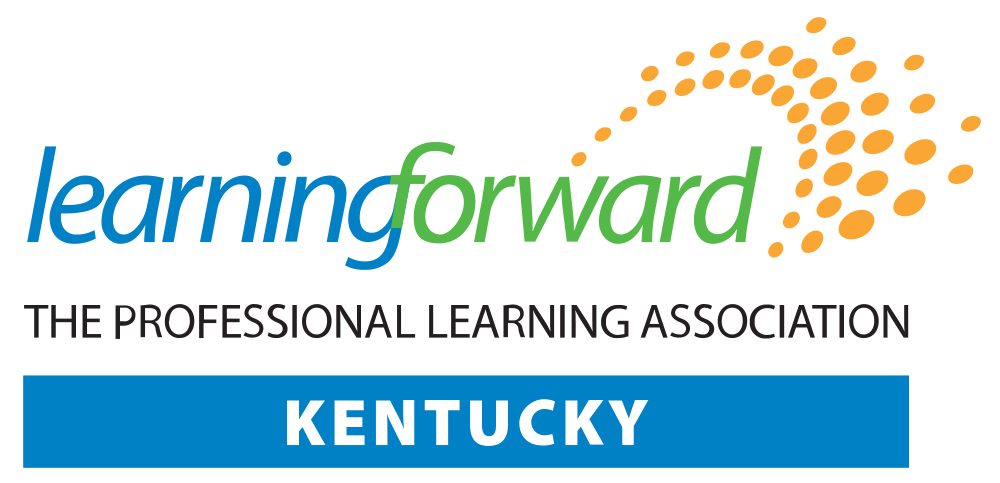I’ve always been curious. It’s a trait that has landed me in hot water more times than I can count, and one that has helped turn a boring situation into an interesting one. Sometimes my curiosity can be an advantage. Sometimes it’s a liability. Curiosity has led to the call my parents got in the middle of the night when I was a teenager. And it has led to an acceptance letter that I never dreamed I’d receive.
Curiosity has created a similar juxtaposition in my professional life as an educator.. It has inspired me to create lessons that students long remember and colleagues still ask about. Likewise, my curiosity has moved me to create seemingly amazing lessons that I had to shut down midway through class, because they were so far off the path of what I intended to teach. That’s the thing about curiosity: It can be a secret weapon or a weapon of mass destruction.
Lately, though, curiosity has served me well. I knocked on one door over a year ago, and since then, a thousand more have opened. Behind that door was The Redesign Challenge— an online community of educators who collaborate to solve common challenges by turning innovative ideas into real solutions. In 2015, The Redesign Challenge asked teachers to propose solutions to the problem of professional development—one that any educator who’s been around for a while can relate to. The primary problem with professional development is that it does not provide an authentic opportunity for educators to pursue their own curiosity.
So I proposed something I called then, “Curio.” I envisioned it as a way for teachers to systematize what they already did naturally to become better teachers: follow their own curiosity to discover, curate, and collaborate on new ideas. This process is often a combination of online tools and personal conversations with colleagues. Most teachers I know Google first, talk about what they find, and create materials with their own original ideas. Why couldn’t professional development embrace this process, one that I knew teachers already did?
The Redesign Challenge selected my idea as one of the few to develop during Innovator’s Weekend in Washington, D.C.Over the course of those few days, I learned a lot about myself and a lot about learning. I learned that a person is not a set of defined boundaries and immovable traits; a person is elastic. A curious, creative spirit who prefers a pen to a keyboard can create an online world that emulates the one inside their own head. I learned that true collaboration is not necessarily multiple people coming to the table and walking away with one product or idea; true collaboration can be many people, many ideas, and many iterations of those people and ideas. I learned that learning is messy, and we should embrace it.
It’s been almost two years since Innovator’s Weekend, and I now have a talented partner, Tarik Nally, who is helping me bring Curio to other teachers like me. People have willingly signed up to join Curio because they are, as I’ve known all along, curious about what might be possible when they try on a new idea.
During the last few moments of Innovator’s Weekend, we all stood in a circle and reflected on the path we had begun to walk. Jan Bathel, one of the experts there, said something that has resonated with me since. He said, “What I see here from these ideas is a sense that you have all felt so lonely before now. All of these ideas stem from feeling like you were alone. And now you’re not.”
I thought what sent me to Innovator’s Weekend was curiosity, and partly, it was. But after Jan said those words, I realized that I had also created Curio as a way to connect with people who think the way I do. And now, I have connected with partners like Tarik, and I continue to find new peers who think just like me.
What could be more curious?

